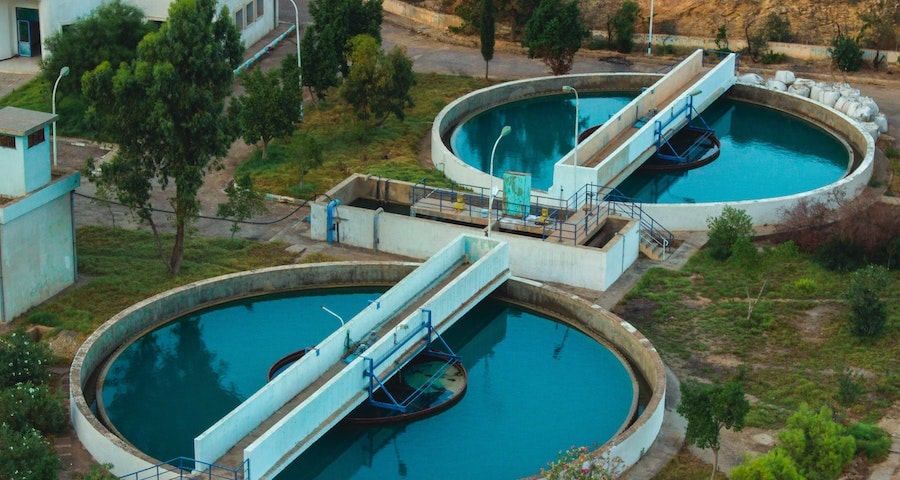
Installing a sewage ejector in the basement can prevent sewage backups and ensure proper drainage. It may seem like a daunting task, but with the right tools and knowledge, you can install a sewage ejector yourself. In this guide, we’ll go over the steps you need to take to install a sewage ejector in your basement.
Contents
Step 1: Choose the Right Location
Before you start the installation process, you need to determine the right location for your sewage ejector. It’s best to pick a spot where your main sewer line enters the house to make the installation process easier. You should also consider that your ejector pump needs to be within 10 feet of an electrical outlet to provide proper grounding.
Step 2: Gather the Right Tools
To install a sewage ejector, you’ll need a few tools, including a drill, pipe wrenches, saw, Teflon tape, PVC glue, and a sump pump basin. You can purchase a sump pump basin at any hardware store.
Step 3: Prepare the Area
Before you start installing the ejector pump, you need to prepare the area. Start by digging a hole that is large enough to accommodate the sump pump basin. Make sure to create a gravel base for the basin to prevent any shifting.
Step 4: Install the Basin and Pump
With the area prepared, it’s time to install the basin and pump. Start by attaching the discharge pipe to the basin and seal it with Teflon tape. Next, connect the pump to the discharge pipe and secure it with PVC glue. Then, lower the pump into the basin and insert the check valve into the discharge pipe.
Step 5: Connect the Pipes
The final step is to connect the pipes. You’ll need to connect the sewage line to the basin and secure it with pipe clamps. You can then connect the vent line to the ejector pump and insert the check valve. Finish the installation by connecting the electrical wiring to the pump.
Conclusion
Installing a sewage ejector in your basement may seem like a daunting task, but it’s relatively simple when you have the right tools and knowledge. Remember to choose the right location, gather the necessary tools, prepare the area, install the basin and pump, and connect the pipes. With these steps completed, you’ll have a reliable sewage ejector system that will prevent sewage backups and ensure proper drainage.
